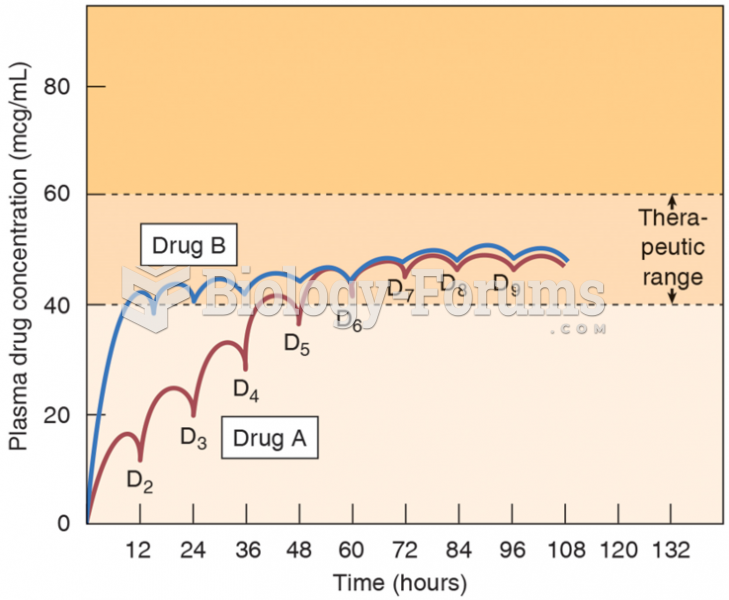Answer to Question 1
Nominal Level of Measurement: Nominal means name, so this level of measurement is similar to the name of something. For example, the case of party affiliation is a nominal measurement because the numerical values simply name the attribute uniquely. No ordering of the cases is implied. Or, jersey numbers in basketball are measures at the nominal level. A player with number 30 is not more of anything than a player with number 15, and is certainly not twice whatever the player with number 15 is.
Ordinal Level of Measurement: In ordinal measurement, the attributes can be rank-ordered. Ranking of political beliefs described above is one example of ordinal measurement. However, here, distances between attributes do not have any meaning. For example, on a survey you might code Educational Attainment as 0 5 less than high school; 1 5 some high school; 2 5 high school degree; 3 5 some college; 4 5 college degree; 5 5 post college. In this measure, higher numbers mean more education. But, is the distance from 0 to 1 the same as 3 to 4? Of course not. The interval between values is not interpretable in an ordinal measure.
Interval Level of Measurement: In interval measurement, the distance between attributes is interpretable. For example, when we measure temperature, the difference between 30 degrees Fahrenheit and 40 degrees Fahrenheit is the same as the difference between 70 degrees Fahrenheit and 80 degrees Fahrenheit. Simply put, when each interval represents the same increment of the thing being measured, the measure is called an interval measure. This is very important in analysis because it makes sense to compute an average of an interval variable, while it doesn't make sense to do so for ordinal scales. So, in other words, it makes sense to discuss the average temperature. But it doesn't make sense to talk about the average basketball jersey number. So, this is a hint: the level of measurement is important to know because it has an effect on the type of analysis you can do on the data.
Ratio Level of Measurement: In interval measurement, ratios don't make any sense; 80 degrees is not twice as hot as 40 degrees (although the numeric value we assign is twice as large). In ratio measurement, there is always a meaningful absolute zero. This means that you can construct a meaningful fraction (or ratio) with a ratio variable. Weight is a ratio variable. We can say that a 100-lb bag weighs twice as much as a 50-lb one. Similarly, age is also a ratio variable. In applied social research, most count variables are ratio, for example, the number of clients in the past six months. Why? Because you can have zero clients and because it is meaningful to say, We had twice as many clients in the past six months as we did in the previous six months..
Answer to Question 2
D







